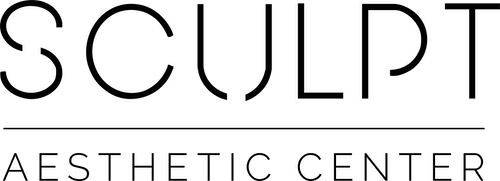Best described as enlarged breasts in men, gynecomastia is a condition that causes breast tissue to swell in males and is triggered by testosterone and estrogen hormonal imbalances. When these regulatory substances are thrown out of proportion during puberty or upon taking substances such as steroids, gynecomastia can occur. More specifically, when the body produces less testosterone as compared to estrogen, breast tissue could swell. This condition can affect one or both breasts and may be accompanied by pain.
Gynecomastia Symptoms
Typically, the first sign of gynecomastia is a lump of fatty tissue under the nipple that appears as swelling. The second most common sign of gynecomastia is tender breast tissue. If you experience any of the above symptoms, it is best to consult with your doctor to rule out serious conditions.
Gynecomastia Causes
Natural hormonal changes, medications, street drugs and alcohol, and health conditions are the most common causes of gynecomastia. In many cases, the exact cause of the hormonal imbalance that triggers gynecomastia is unknown. However, there are times of natural hormonal changes that are particularly known for these imbalances. This can occur during puberty and in adulthood for males over the age of 50.
Medications such as anabolic steroids, anti-androgens, anti-anxiety, and tricyclic anti-depressants are a few of the primary culprits. Below are some other issues that medical professionals have deemed gynecomastia causes.
- Some cancers.
- Obesity, which can create more estrogen.
- Injuries or diseases that involve the testicles.
- Alcohol, Amphetamines, Marijuana, Heroin, Methadone.
- Liver disease.
- Kidney failure.
- Thyroid problems.
Gynecomastia Diagnosis
With guidance from your primary doctor, you will be able to determine the cause of your excess breast tissue. To make an accurate assessment, your doctor will ask you a series of questions that include your history of drug usage and lifestyle and will review your past medical history and conditions. Additionally, they may run blood tests, take urine samples, schedule an MRI scan, and potentially perform a biopsy. Consult with a medical professional to bring you peace of mind.
Gynecomastia Treatment
While symptoms may temporarily subside, the underlying problem can reoccur at any time. Some men find that residual psychological or emotional problems may arise from the cosmetic appearance. If the imbalance is due to an underlying health condition, your doctor may recommend treatment. If the condition is due to medications, your doctor may recommend a substitute or to stop altogether. If the appearance is bothersome or the condition continues to be painful after puberty and continual observation, surgery is another viable option. Liposuction is the #1 most sought-after gynecomastia surgery followed by mastectomy to remove glandular breast tissue.
Gynecomastia Prevention
As with most things in life, the best prevention is to eat well, exercise, get adequate rest and eliminate alcohol or street drugs. While it is ok to drink in moderation, overdrinking can provoke a hormonal imbalance. You may unknowingly be taking a medication that causes gynecomastia. If you believe this to be the case, speak with your doctor about your suspicions, and they can provide you with an alternative medication if necessary. Have your hormone levels checked on an annual basis to prevent any imbalances.




